Gazimağusa is a historical city located on the eastern coast of the Turkish Republic of Northern Cyprus (TRNC), hosting one of the most strategic ports in the Mediterranean. With its historical heritage spanning from ancient times to the present day, multi-layered architecture, and multicultural social structure, it holds a prominent position in the Eastern Mediterranean geography.
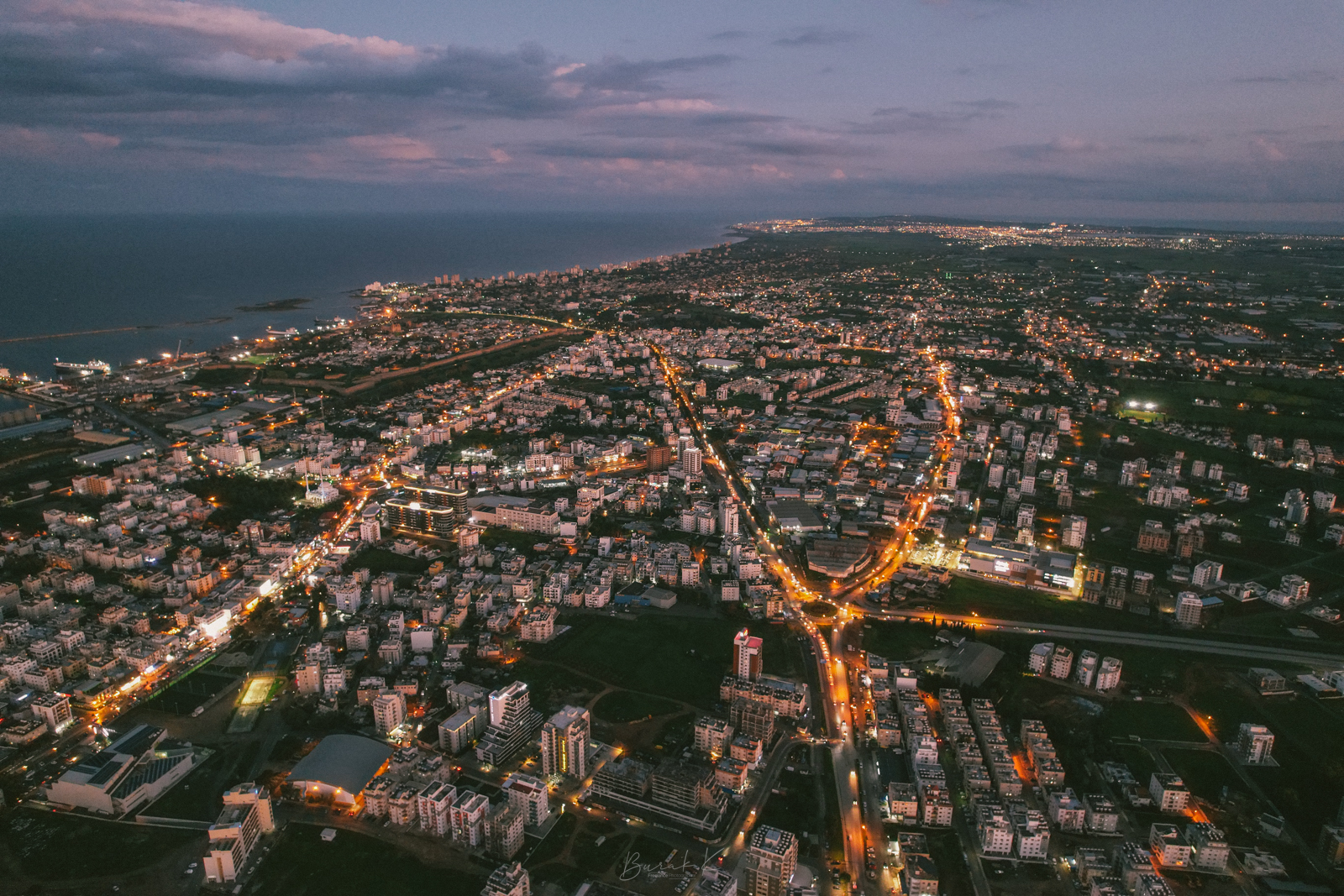
Historical Development
Gazimağusa's history dates back to the 3rd century BC, and the city was founded by Ptolemy I under the name "Arsinoe". The city's Greek name, "Ammochostos", means "buried in sand," and this expression is noteworthy for both its geographical location and historical depth. With Salamis suffering heavy damage during Arab raids in 647/648 AD, migrants from there settled in Gazimağusa. With the island coming under Lusignan rule in 1192, the city became the place where the Kings of Jerusalem were crowned and experienced its golden age as a port city.
With the fall of Acre during the Crusades in 1291, Latin-origin people and merchants who migrated to the city increased its population and enabled it to emerge as a commercial center. During this period, Gazimağusa became one of the wealthiest cities in the Mediterranean world. Occupied by the Genoese in 1372, the city remained under Genoese rule until 1469, after which it reverted to the Lusignans. With the Venetians gaining control of the island in 1489, Gazimağusa was fortified with walls and transformed into a military center.

During the Venetian rule, the city's walls and defense structures were renovated in accordance with Renaissance military architecture, taking into account the development of firearms. During this period, the city became a vital base for the Venetian navy in the Eastern Mediterranean.
Conquered by the Ottomans in 1571, the city was incorporated into Ottoman rule as a sanjak of the island of Cyprus. During this period, religious, commercial, and social structures were built, and the city's Ottoman-Turkish identity became prominent. Gazimağusa, an important exile center throughout the Ottoman period, hosted figures such as Namık Kemal, Suphi Ezel, and Kutup Osman.
Furthermore, many dervish lodges (tekke), madrasahs, and mosques for educational and religious activities were built in Gazimağusa during the Ottoman period. Kutup Osman Tekke was the center of the Halvetiye order on the island and is significant as the place where Sheikh Kutup Osman, who was exiled, passed away.
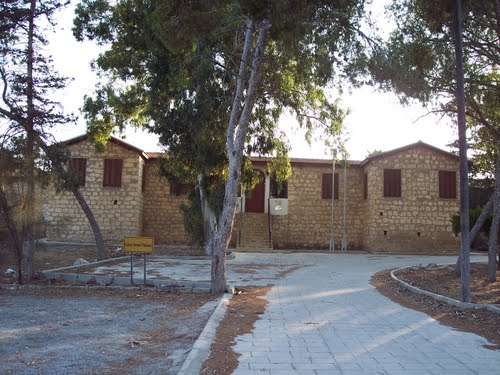
Kutup Osman Tomb and Dervish Lodge
Architectural and Cultural Fabric
Gazimağusa possesses a unique richness in terms of its architectural heritage. Lala Mustafa Pasha Mosque, built in the 14th century and later converted into a mosque, is one of the most significant examples of Gothic architecture in Cyprus. This structure, one of the city's symbols, is remembered along with the historical sycamore fig tree in front of it.
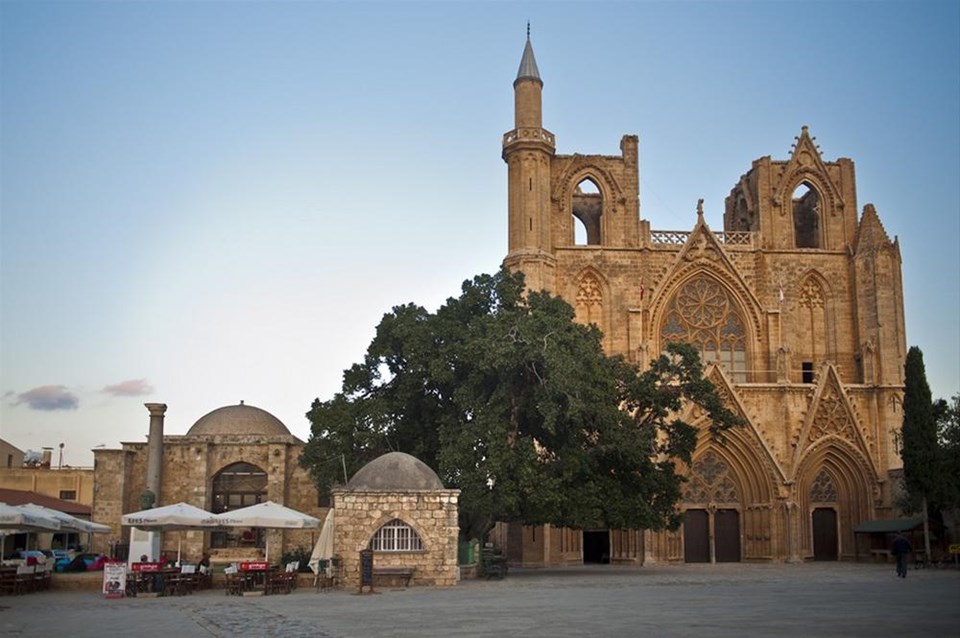
The city walls were rebuilt during the Venetian period, particularly for defense against the Ottomans. Structures within the walls, such as Othello Castle, Sea Gate (Porta del Mare), and Land Gate (Ravelin), are impressive examples of military architecture. These structures have become part of city life not only through their historical defense functions but also through the cultural events they host today.
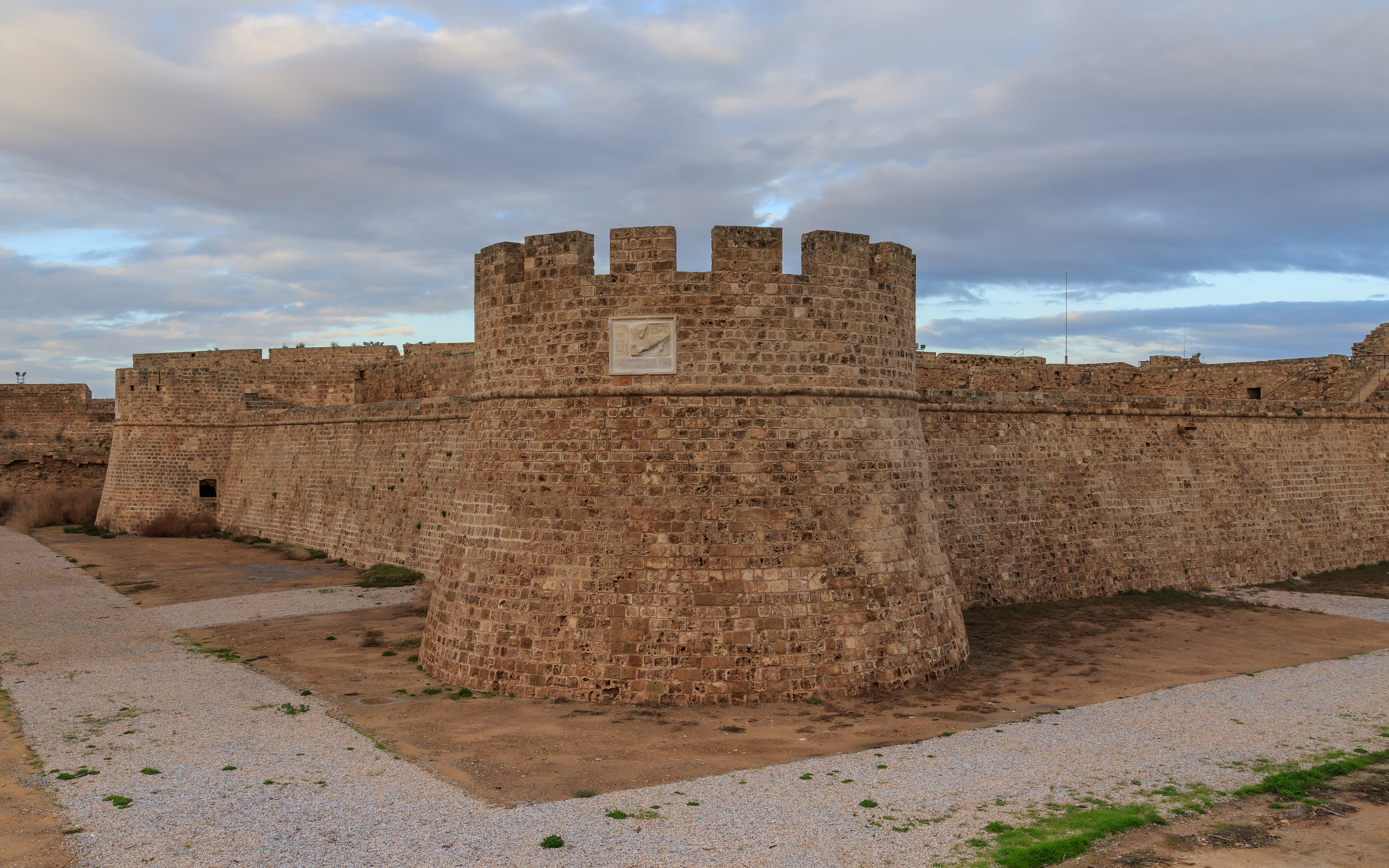
Among the historical and public architectural examples, the Venetian Palace, Namık Kemal Dungeon and Museum stand out. The structure where poet Namık Kemal was held in exile between 1873 and 1876 is open to visitors as a museum today.
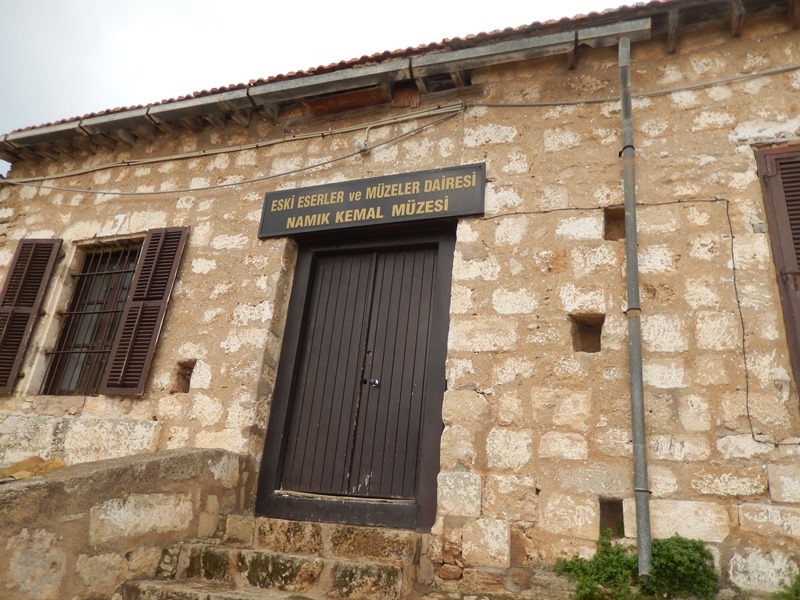
Namık Kemal Dungeon and Museum
The city also has numerous churches belonging to the Latin, Orthodox, and Armenian communities. These include St. George Greek Church, Ayios Yuannis Church, St. Francis Monastery, St. Peter and St. Paul Church (today Sinan Pasha Mosque), St. Anna Church, Carmelite Church, and Latin St. George Church. These structures represent different examples of Gothic, Byzantine, and Medieval Latin architecture.
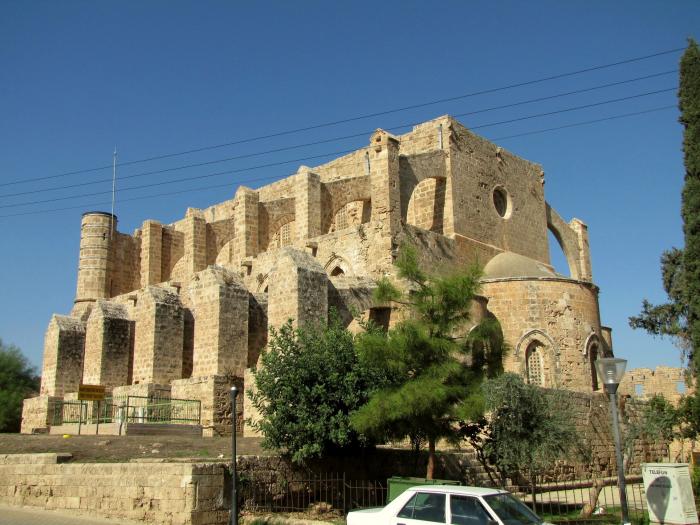
Among the notable tombs from the Ottoman period in Gazimağusa is the Tomb of Yirmisekiz Mehmet Çelebi. Located on Naim Efendi Street within the city walls, this tomb is built with a simplicity that reflects classical Ottoman architecture, standing out with its domed structure and arched openings. This tomb, preserving the memory of Yirmisekiz Mehmet Çelebi, one of the important diplomatic figures of the 18th century, is a significant architectural heritage documenting Gazimağusa's Ottoman-era cemetery culture.
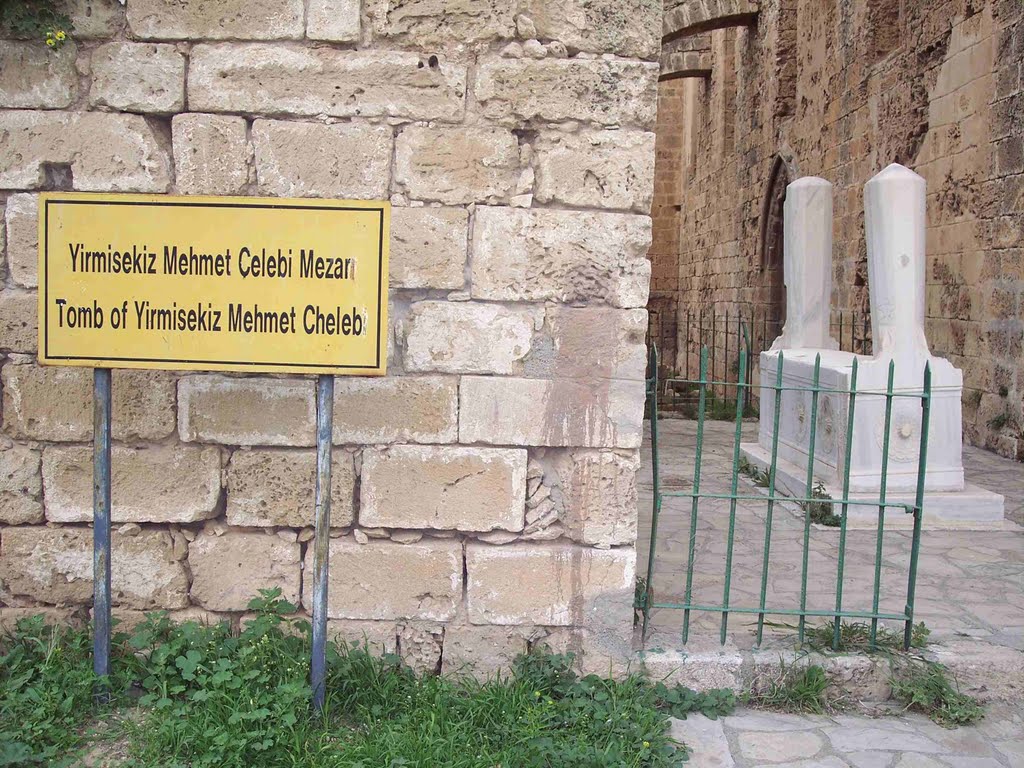
Tomb of Yirmisekiz Mehmet Çelebi
In addition, architectural elements from the Ottoman period include structures such as Kutup Osman Tekke, Cafer Pasha Bath, Red Bath, Kertikli Bath, Mustafa Pasha Mosque, Cafer Pasha Fountain, and Mustafa Zührü Efendi Tomb.
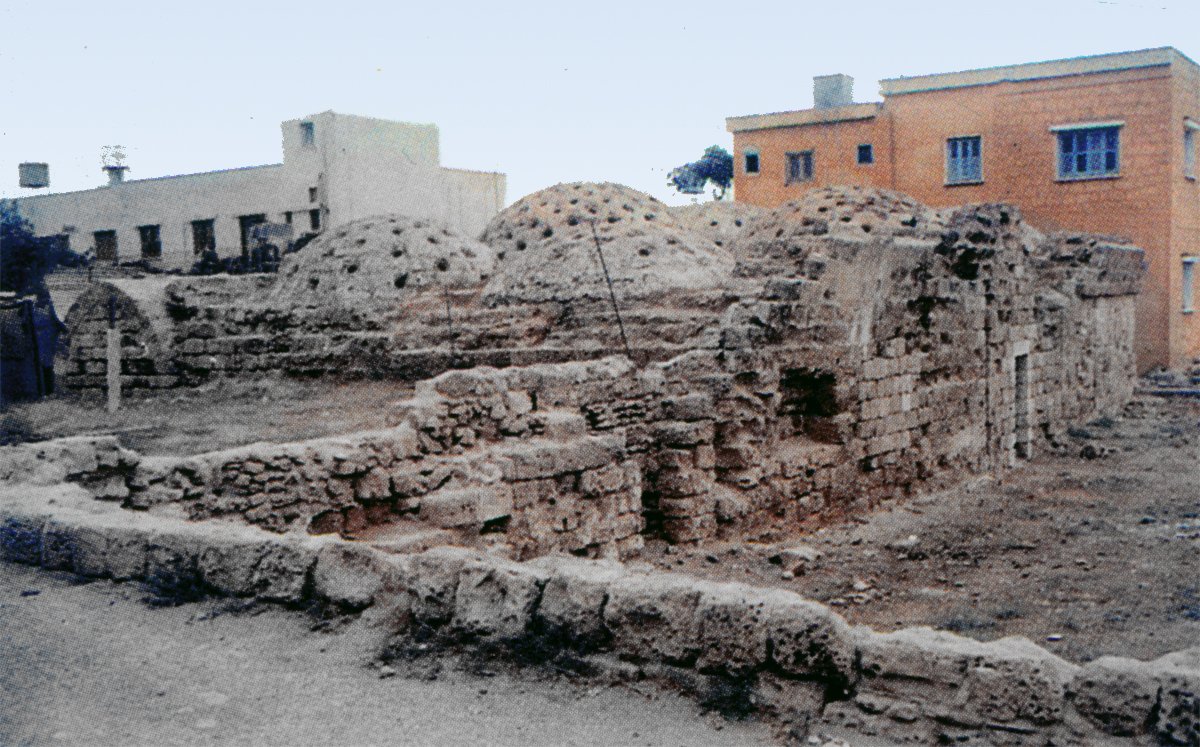
Furthermore, structures in the city such as the Canbulat Tomb and Museum and the Gallipoli Martyrs' Memorial hold significant places in Gazimağusa's collective memory, both in terms of historical memory and commemorative culture.
The Gallipoli Martyrs' Memorial in Gazimağusa is dedicated to Turkish soldiers who were captured by the British during World War I, brought to the Karakol Prisoner Camp in Famagusta, and lost their lives due to ill-treatment or attempted escape. The memorial contains a total of 217 martyrs, with 33 individual graves and 184 in a mass grave located in the center of these graves. The inscribed and ornamented tombstones carved by artisans among the prisoners hold a distinct value in terms of cultural memory. In memory of the martyrs, a monument was erected on February 13, 1980, on the 5th anniversary of the establishment of the Turkish Federated State of Cyprus (the autonomous administration declared by Turkish Cypriots between 1975 and 1983).
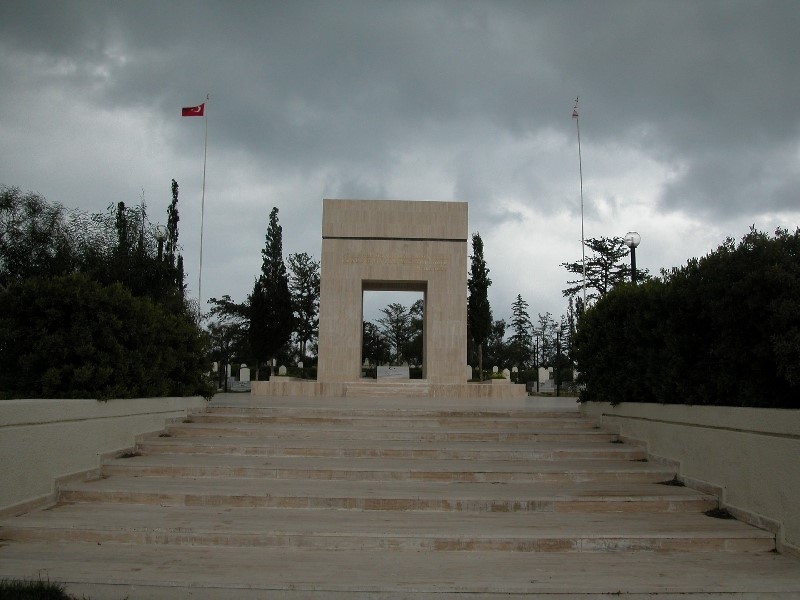
Gazimağusa Gallipoli Martyrs' Memorial
Ottoman and British Periods
During the Ottoman period, it is observed that social, religious, and architectural structures shaped the fabric of the city. The Ottomans converted existing churches into mosques, built new mosques, madrasahs, and fountains, and repaired and utilized the city walls. With the lease of the island of Cyprus to the British in 1878, the city began to be administered under colonial rule. During this period, Greeks and Turks lived in separate areas, while the Walled City was preserved as the Turkish quarter.
During the British period, Western-style planned urbanization practices were adopted in Gazimağusa; new neighborhoods, public buildings, and transportation infrastructure were built outside the Walled City. Additionally, some Ottoman structures fell into disrepair due to neglect or were used for purposes other than their original intent.
Republic of Cyprus and Aftermath
With the establishment of the independent Republic of Cyprus in 1960, Gazimağusa became an important tourism center; especially the Maraş region, with Beirut losing its prominence, became one of the world's leading tourism and entertainment centers. As a result of the Peace Operation carried out by Türkiye in 1974, a part of the city was designated as Closed Maraş, and the city entered a reconstruction process.
In the post-1974 period, the Republic of Türkiye opened a consulate general in the city; the Gazimağusa Consulate General began providing diplomatic and consular services to Turkish citizens in the region. The Consulate General also operates as an official mission representing Türkiye in the Gazimağusa and İskele regions.
With the proclamation of the Turkish Republic of Northern Cyprus in 1983, Gazimağusa became one of the most important cities of this structure; it gained the status of a strategic center, forming the eastern gateway of the TRNC in political, cultural, and economic terms.
Gazimağusa Today
With the establishment of Eastern Mediterranean University in 1986, Gazimağusa transformed into a university city; this situation caused multifaceted changes in the city's social, cultural, and economic structure. Today, the city, which has the largest free port in the TRNC, is an important center in the fields of education, tourism, and trade. While its permanent population is 55,868, this figure increases throughout the year with university students and staff.
The Famagusta Culture, Art, and Tourism Festival, held annually in Gazimağusa, holds an important place in the city's cultural life. The festival is held in various historical venues, especially Othello Castle; with concerts, theater plays, exhibitions, and panels, it appeals to both the local population and tourists.
Furthermore, areas in the city such as the Namık Kemal Dungeon and Museum, Canbulat Museum, Maraş Icon Museum, and Gallipoli Martyrs' Memorial are used as functional spaces for both educational and commemorative activities.
Gazimağusa is one of the rare cities that can manage its modernization process while preserving its historical fabric. With its historical trajectory extending from ancient times to the Ottoman Empire, from the colonial period to the TRNC, Gazimağusa possesses a multifaceted identity.

